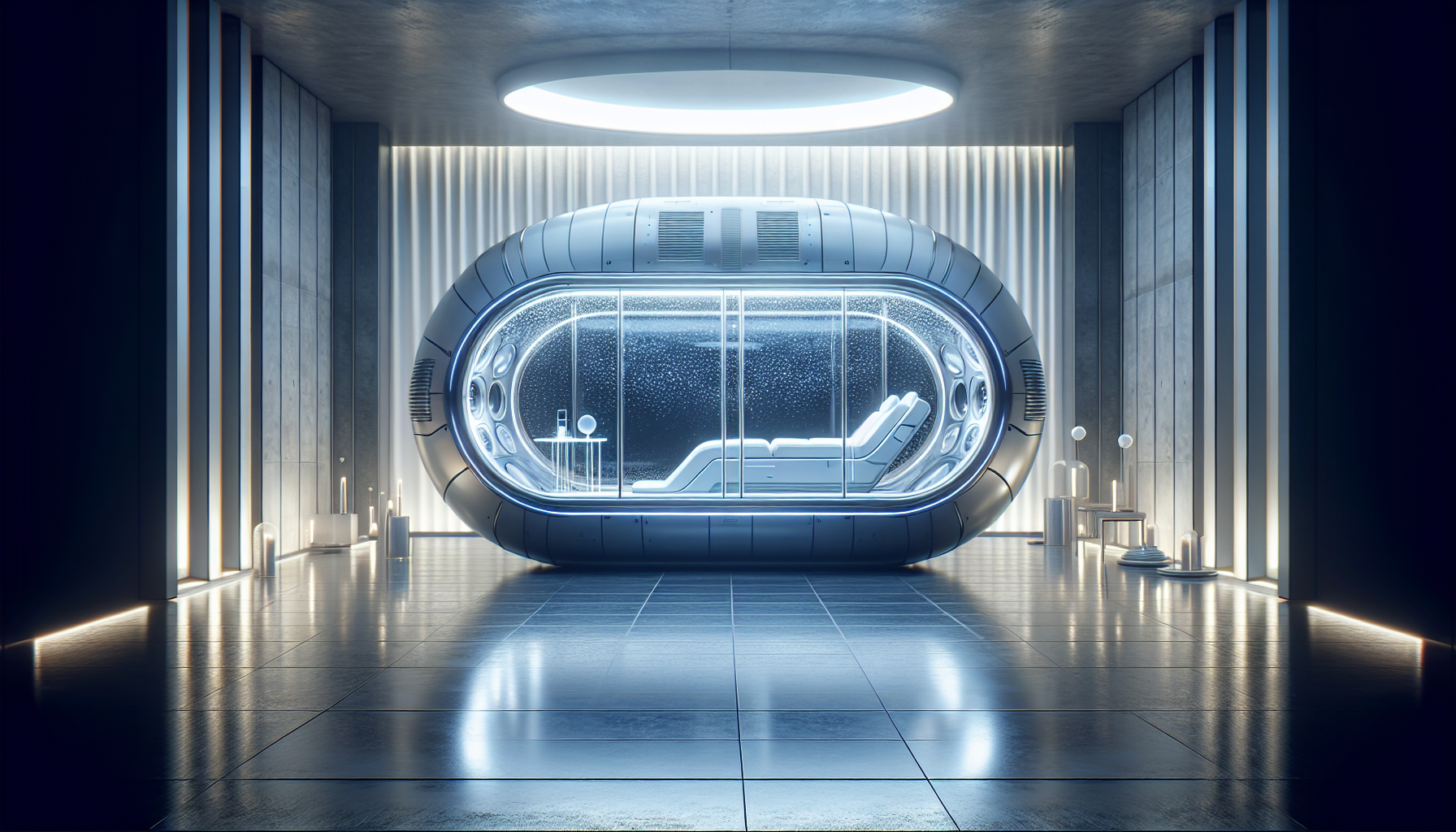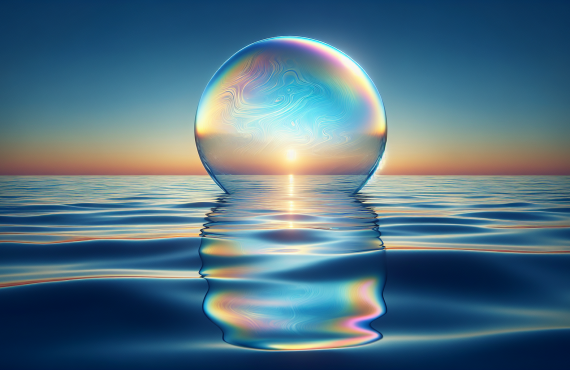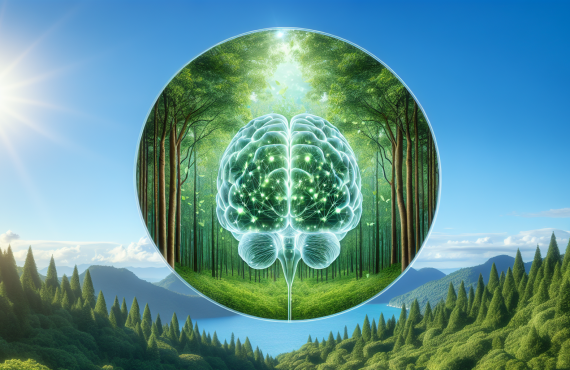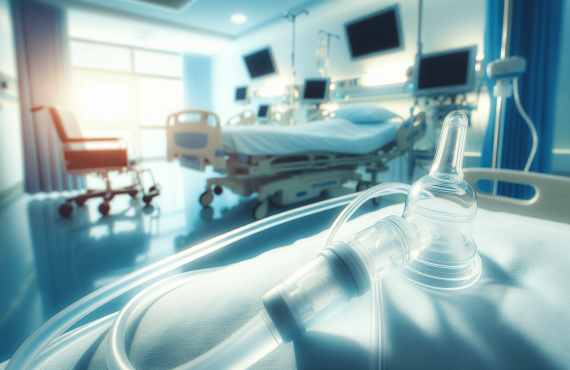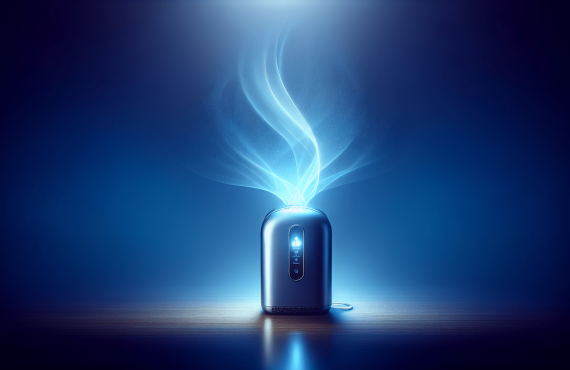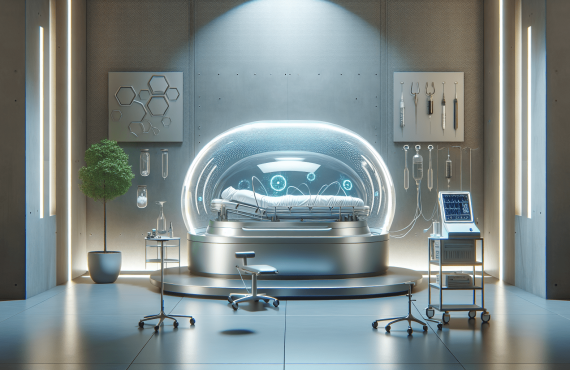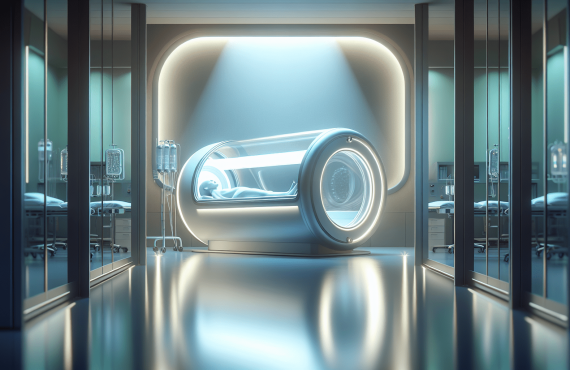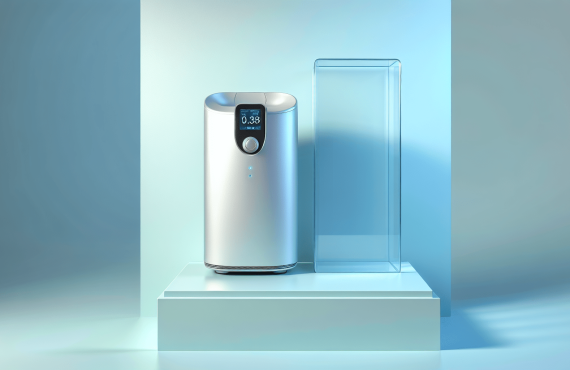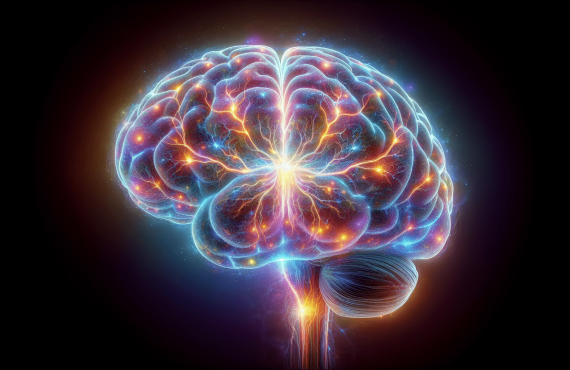Have you ever wondered when oxygen therapy becomes an essential part of medical care? Drawing from years of medical research and practice, oxygen therapy plays a pivotal role in treating various health conditions, assisting those whose bodies struggle to obtain adequate oxygen on their own. Let’s break it down together and look at when oxygen therapy steps in as a crucial hero in the healthcare world.

Table of Contents
What is Oxygen Therapy?
Before we explore the conditions that require oxygen therapy, it’s important to understand what oxygen therapy is. In simple terms, oxygen therapy provides supplemental oxygen to individuals who cannot get enough oxygen naturally through breathing. Usually delivered via nasal prongs or a mask, this therapy is designed to enhance oxygen levels in the blood, making sure that the organs and tissues can function properly.
Conditions That Require Oxygen Therapy
Certain medical conditions affect how well your body absorbs oxygen. In these cases, supplemental oxygen can be incredibly beneficial. Let’s examine some of these conditions:
Chronic Obstructive Pulmonary Disease (COPD)
COPD is a common lung disease that blocks airflow and makes breathing difficult. For patients with COPD, oxygen therapy can improve life quality and reduce the chance of complications. It’s not just about comfort; it can significantly enhance physical activity levels and reduce stress on the heart.
Pulmonary Fibrosis
Pulmonary fibrosis involves scarred and damaged lung tissues, making the lungs stiffer and less efficient at transferring oxygen into the blood. Patients often experience severe shortness of breath and fatigue. Oxygen therapy helps by increasing the concentration of oxygen reaching damaged lungs, easing symptoms, and potentially prolonging life.
Cystic Fibrosis
This genetic disorder leads to excessive mucus production, obstructing the airways and making breathing laborious. Oxygen therapy in cystic fibrosis patients can help alleviate the burden on the respiratory system, enhancing their ability to perform everyday activities with fewer struggles.
Severe Asthma Attacks
During a severe asthma attack, airways become inflamed and narrowed, severely limiting airflow. In such emergencies, oxygen therapy is crucial to restore adequate oxygen levels quickly, providing relief and preventing serious complications.
Pneumonia
Pneumonia, an infection inflaming the lungs’ air sacs, fills them with fluid or pus. This condition severely impairs the transfer of oxygen from the lungs to the bloodstream. Supplemental oxygen helps maintain adequate blood oxygen levels until the infection clears.
Hyperbaric Oxygen Therapy: A Special Approach
How Hyperbaric Oxygen Therapy Works
hyperbaric oxygen therapy (HBOT) involves breathing 100% pure oxygen in a pressurized environment. This process leverages the increased atmospheric pressure to dissolve more oxygen into the bloodstream. But what makes HBOT unique is its ability to dramatically raise blood and tissue oxygen levels beyond typical limits, facilitating healing processes in acute and chronic conditions.
Conditions Treated with HBOT
HBOT is not your everyday oxygen therapy. It’s used in specific and challenging situations, including:
- Wound Healing: Certain non-healing wounds require extra oxygen to aid in tissue repair and vessel growth.
- Decompression Sickness: Divers get relief from “the bends” through HBOT, as it helps eliminate nitrogen bubbles in the bloodstream.
- Carbon Monoxide Poisoning: HBOT efficiently removes carbon monoxide from hemoglobin, restoring normal oxygen-carrying capacity.
- Radiation Injury: HBOT tackles damaged tissue resulting from radiation treatments, promoting healing and reducing chronic side effects.
The Role of Oxygen Therapy in Home Care
Many patients receive oxygen therapy within hospital settings, but it’s also essential for home use in chronic conditions like COPD or heart failure. Home oxygen therapy can be delivered via portable tanks, oxygen concentrators, or liquid oxygen devices, giving patients mobility and freedom while managing their conditions effectively.

The Importance of Monitoring Oxygen Levels
While oxygen therapy serves its purpose well, monitoring oxygen levels is crucial to ensure safety and effectiveness. Patients often use oximeters to keep an eye on blood oxygen saturation. Regular check-ups with healthcare providers ensure that therapy settings remain optimal, preventing both oxygen toxicity and inadequate treatment.
FAQs About Oxygen Therapy
Let’s address some common questions people have about oxygen therapy to clear any lingering uncertainties.
1. Is oxygen therapy addictive?
No, oxygen therapy is not addictive. It fulfills the body’s required oxygen needs, without leading to dependency. Once the underlying condition resolves or improves, the need for supplemental oxygen typically decreases.
2. Can I travel while on oxygen therapy?
Yes, many patients can travel while on oxygen therapy. Portable oxygen concentrators approved by airlines can make air travel feasible. Always check with your airline and healthcare provider for guidelines and tips for traveling with oxygen.
3. Are there side effects to oxygen therapy?
Most people tolerate oxygen therapy well. However, potential side effects include dry or bloody nose and skin irritation around the mask or cannula. Severe side effects, like oxygen toxicity, are rare and usually result from long exposure to high levels of oxygen without proper medical supervision.
4. Do I need a prescription for oxygen therapy?
Yes, a prescription from your healthcare provider is necessary for oxygen therapy. This ensures that you receive the correct oxygen concentration and flow rate tailored to your specific medical needs.
5. How often should I use oxygen therapy?
The duration and frequency of oxygen therapy depend on your physician’s guidance and your health condition. Some patients need continuous oxygen, while others might require it only during specific activities or sleep.
Where to Find Help
For those in need of further guidance or therapy, consulting with a trusted healthcare professional is important. If you live in or near Pensacola, Florida, consider reaching out to Henry Chiropractic. Owned and operated by Dr. Craig Henry with help from Dr. Aaron Hixon, the center focuses on improving health and wellness. They’d be happy to explore how different therapies, including chiropractic care, can advance your well-being.
Henry Chiropractic
1823 N 9th Ave
Pensacola, FL 32503
(850) 435-7777
Visit their website
In conclusion, oxygen therapy emerges as a cornerstone for treating various conditions that impede adequate oxygen intake. Through diverse applications such as standard oxygen delivery and more specialized options like hyperbaric oxygen therapy, patients gain hope and improved quality of life. Always seek guidance from medical professionals to determine the best approach for your specific healthcare needs. Remember, oxygen therapy is not just about breathing easier—it’s about living better.





































